The Bottom Line About Tea That's Made In The Microwave
TEATIME NOTES
Find tips, recipes, and articles to increase your delight and enjoyment of tea.
The Bottom Line About Tea That's Made In The Microwave
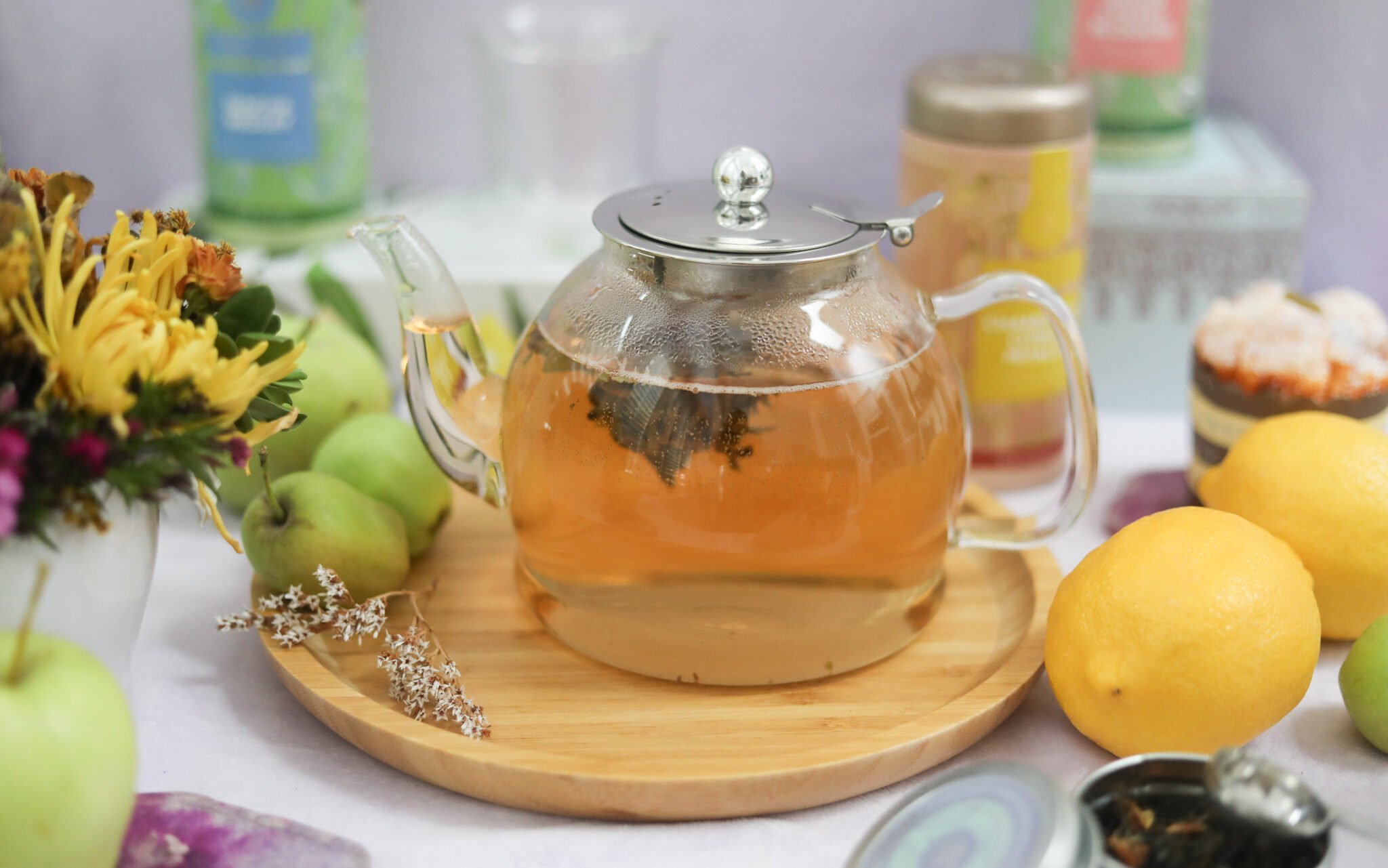
The Important Truth You Need to Know About The Microwave Tea Study
Do you remember reading about making tea in your microwave? — And how it’s healthier for you? The year was 2017, and every website concerned with tea and health formed a strong opinion about Dr. Quan Vuong and his shocking study. You found yourself standing firm on one side of a very bold line.
You took a hard stand against microwave tea. You know the only tea worth drinking is properly-made tea — and that never involves a microwave.
Or…
You took a hesitant — but logical — stand to support the microwave method. You’re a realist after all and you know convenience is key when you’re busy. Anyone who hasn’t used a microwave to make tea has never had to live with the stifling pressure of work-call marathons or a screaming newborn.
But, guess what?
Every one of us had it completely wrong!
5 Shocking Facts About the Microwave Tea Study
No — you weren’t fooled on purpose. You probably didn’t even notice that most of the articles failed to cite the results of the actual study or the parameters of the study. If you want to form a science-backed opinion, you need the facts about the study — and some of the facts are shocking!
- They Used Green Tea Bags
Dr. Vuong’s initial article was published in 2012 and he discovered that microwaving green tea bags increased some of the health benefits. You also need to keep in mind that this experiment was done with only green tea bags. You don’t know if you will be able to get the same results with black, oolong, or white teas.
And you don’t know if you will get the same results with loose-leaf teas, either. Every little factor can play a role in the outcome. The tea bag itself might play a huge role in extracting those nutrients when you use a microwave.
- It’s Called Microwave ASSISTED Extraction for a Reason
You can extract more benefits in green tea bags using a multi-step process called hot MAE — or hot microwave assisted extraction. This is a fact a lot of people missed — remember, many of the online blogs never cited the results of the study.
If you want those additional benefits from the tea, you need to boil your water and steep your tea before you microwave it. Once your tea has steeped for the calculated amount of time, you can pop it in the microwave to assist in the extraction of nutrients as a final step. If you bring your water to a boil using only your microwave you won’t get those extra benefits.
But, in another study the cold MAE technique uses only the microwave — you can read about that below!
- You Must Use Fresh Water
Starting with fresh water is key to making tea that tastes good — why? Because it has more oxygen in it. Oxygen evaporates when you boil water. And your tea will taste lifeless and flat if you use water that’s been boiled and cooled and reboiled.
You need oxygen from freshly boiled water to create a chemical reaction with the tea leaves so you can enjoy its flavor and more health benefits. There are many tea-loving countries that use pouring or stirring techniques to add oxygen back into their tea to enhance flavor.
- The Microwave Increased Caffeine in Bagged Green Tea
If you want to increase the caffeine in your green tea bags, the hot MAE method might be just what you’re looking for. When you steep tea the traditional way — boil the water and steep the tea bag — only 80% of the caffeine is released from the tea leaves. According to the study, if you microwave your tea in the final step, it increases the caffeine to 92%.
- The Microwave Increased Cancer-Fighting Catechins
Green tea is rich in catechins — a flavonoid and compound found in certain plants and foods that may have amazing medicinal benefits. Some of these benefits include anti-cancer, antiviral, antioxidant, and anti-inflammatory properties.
In the study, when you steep tea the traditional way it only extracted 62% of the catechins. When you added the microwave to the process, the catechins increased to 80%.
How to Microwave Your Tea - the Right Way!
If you want to make your tea with the hot MAE method, you need to do it the right way. You can’t just stick a cup of fresh water in the microwave and steep your tea. If you do, you won’t extract the extra caffeine and catechins.
Here is what you need for the hot MAE technique:
- Green tea in a tea bag
- A cup or mug
- Fresh water (water that hasn’t been boiled and cooled)
- A microwave
- A tea kettle or vessel to heat your water
Step By Step - The Hot MAE Technique:
- Boil Your Water - Heat your fresh water in a tea kettle or separate vessel until it reaches the proper temperature for green tea (between 140° and 185° F)
- Heat Up Your Mug - Your water will cool down and you tea won’t steep at the correct temperature if you don’t heat your mug first! Pour a splash of hot water into your cup to heat it up. Swirl the water around to heat the sides and discard the water.
- Steep Your Tea - Pour 200mL of freshly boiled water into your mug and steep your teabag for 30 seconds.
- Microwave Your Tea - Leave your teabag inside your cup and microwave it for 60 seconds.
- Remove Your Teabag - Your tea is ready! Enjoy your extra boost of caffeine and catechins!
Dr. Vuong’s Other Microwave Tea Experiment
Guess what? It turns out Dr. Vuong has been hard at work microwaving more teas to test for more benefits! In 2021, he released the results of a second microwave tea experiment — this time it involved herbal tea bags and the cold MAE method.
Dr. Vuong wanted to find the most effective way to release polyphenols and antioxidants from herbal tea bags. The best way to steep your herbal tea bag is using the traditional method for seven minutes or with the cold MAE technique for seven minutes.
What’s the Cold MAE Technique?
Pour your fresh unboiled cold water directly into your cold mug — this is very different from the hot MAE technique above. Add your herbal tea bag and microwave it for about two minutes. Let it sit for one minute and bring the tea to a second boil in the microwave. Remove the tea bag after a total of seven minutes to enjoy nourishing microwaved tea.
Explore Exquisite Teas and Teaware
Tea and health go hand in hand at Teabloom. Since the beginning, they have been on a mission to clean up the tea industry one borosilicate glass teapot at a time. Not only do they have the largest selection of borosilicate glass teaware, but they also have an extensive collection of quality teas.
100% compostable teabags are filled with whole-leaf organic teas. Their teas are sourced from single-origin farms and they’re kosher-certified. Here, you can find precisely what you need for your rejuvenating tea routine.
It’s all about quality, sustainability, and keeping your health in mind — enjoy the whole experience with Teabloom.



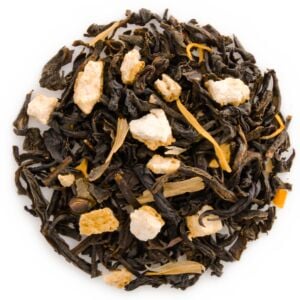
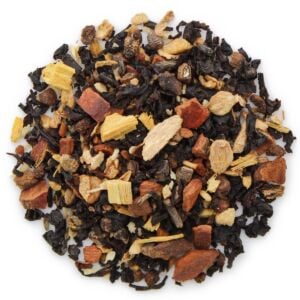
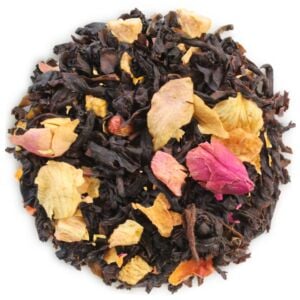

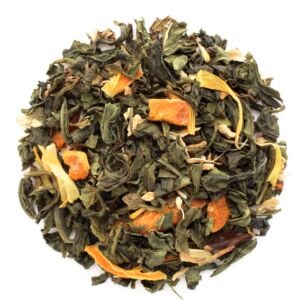
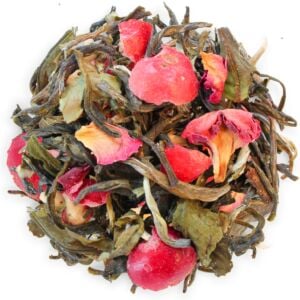
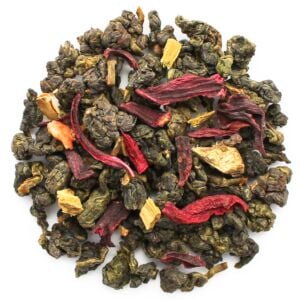
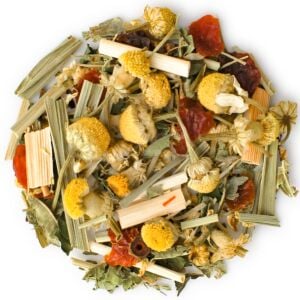
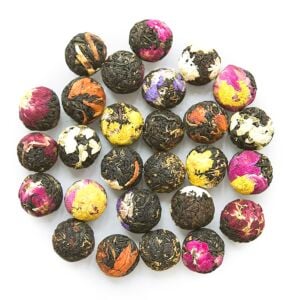


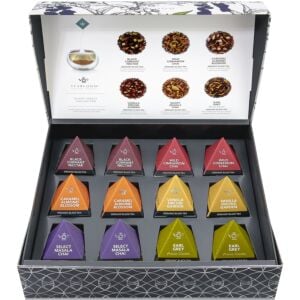
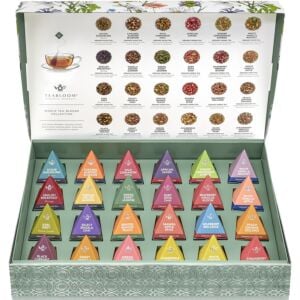



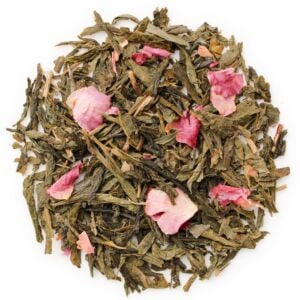

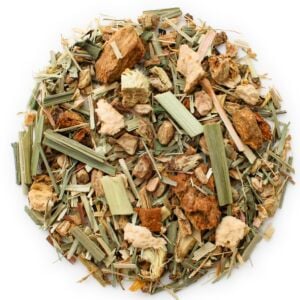

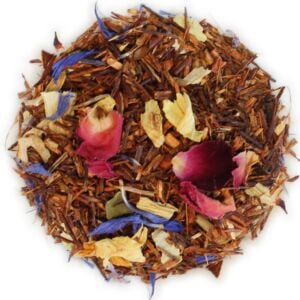
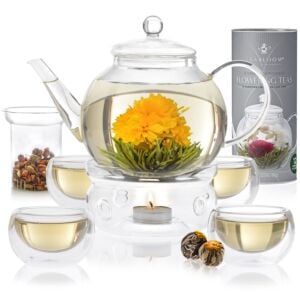
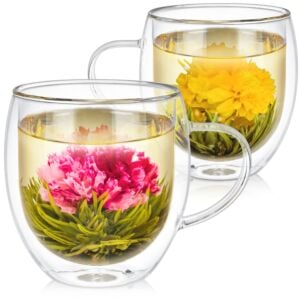
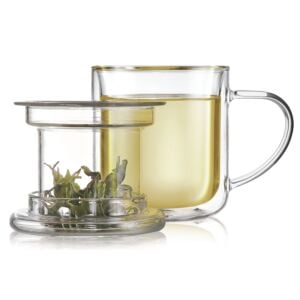
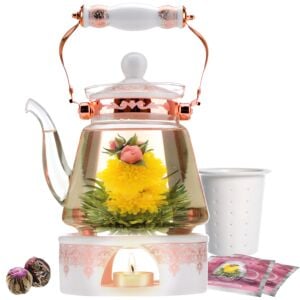
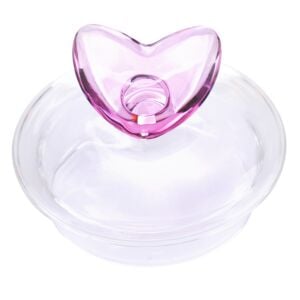
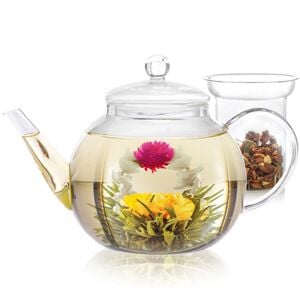


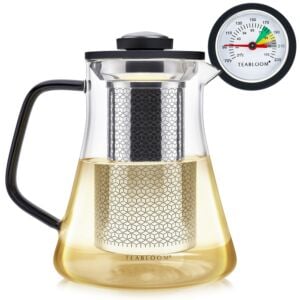
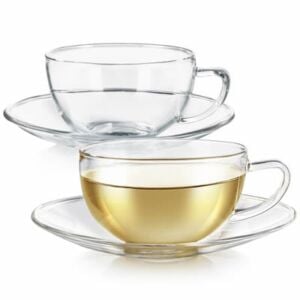
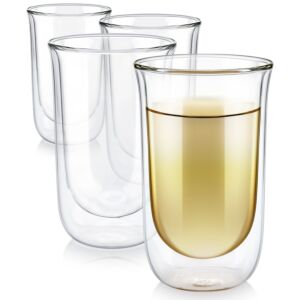
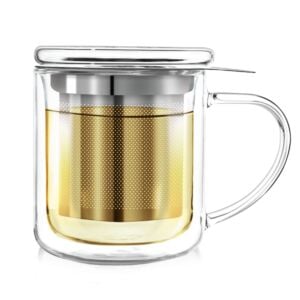
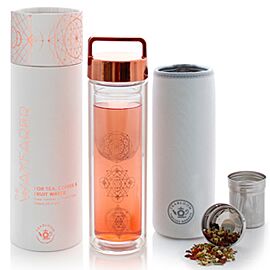

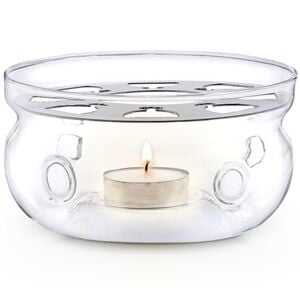
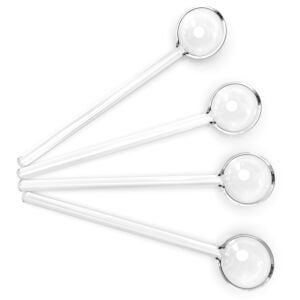
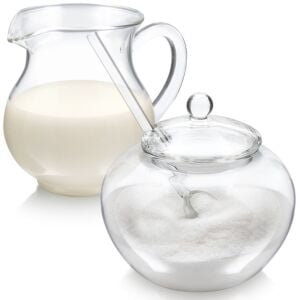
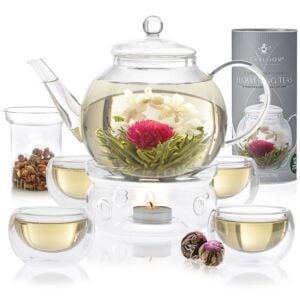
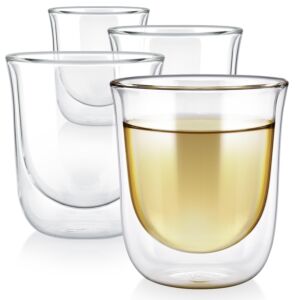


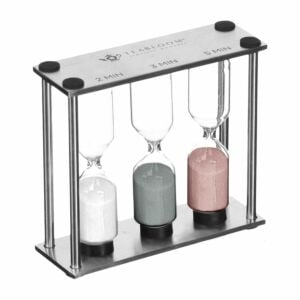
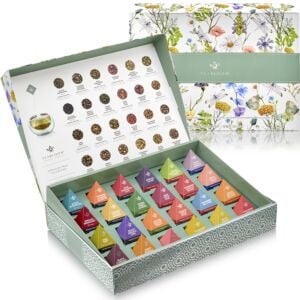

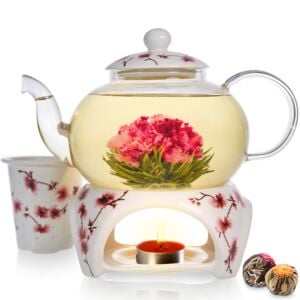
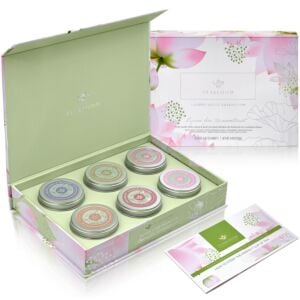

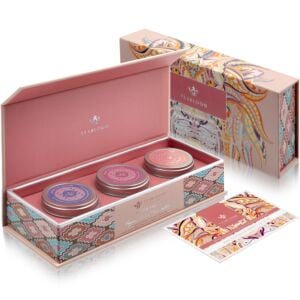



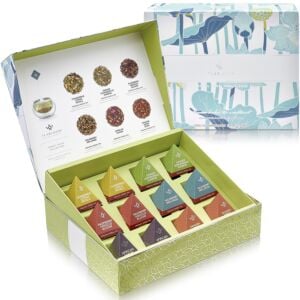
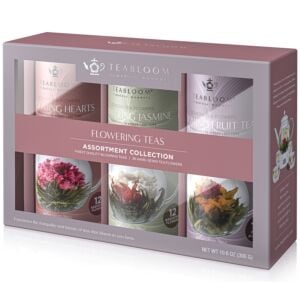


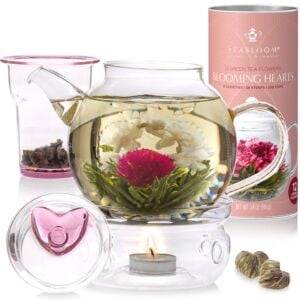

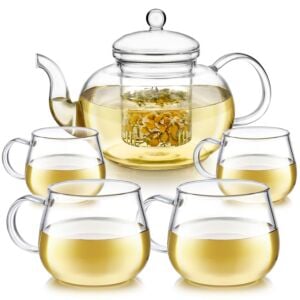



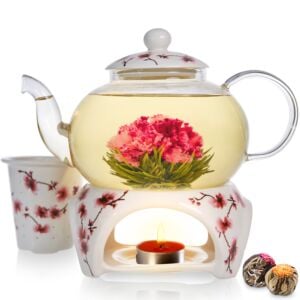
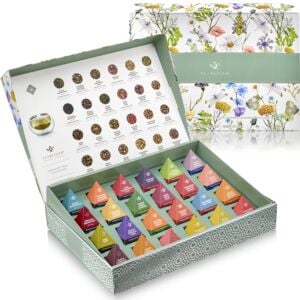
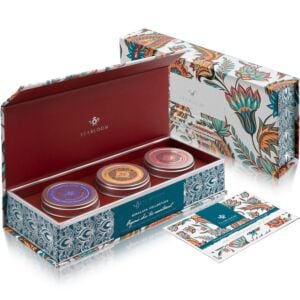
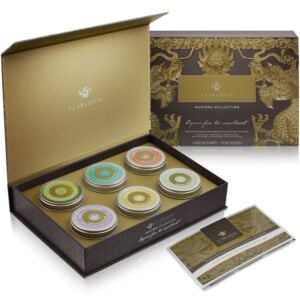


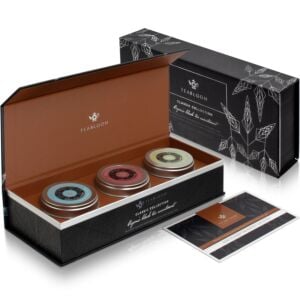



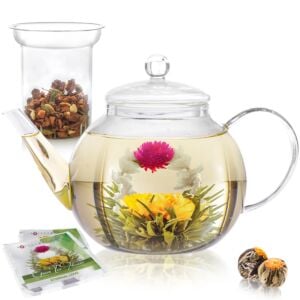
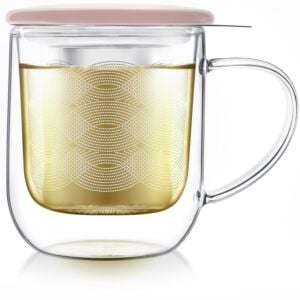

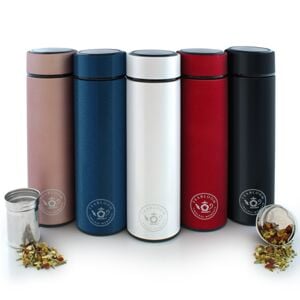
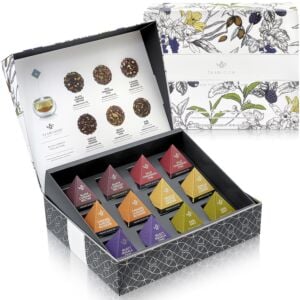


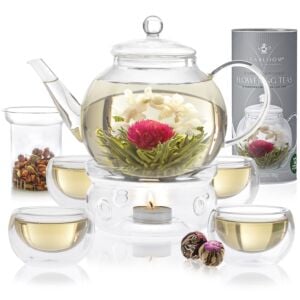
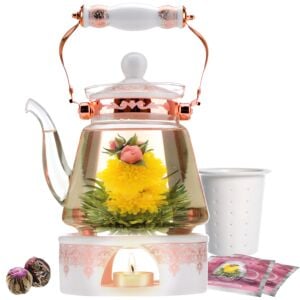
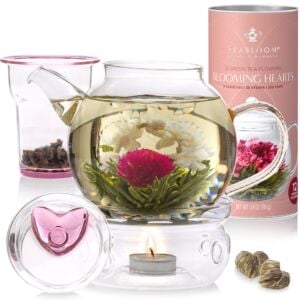


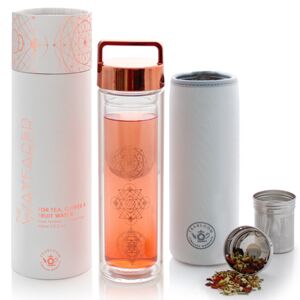

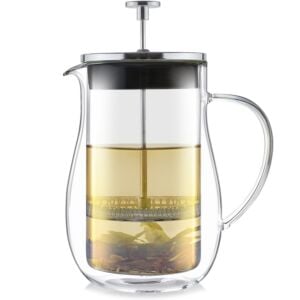


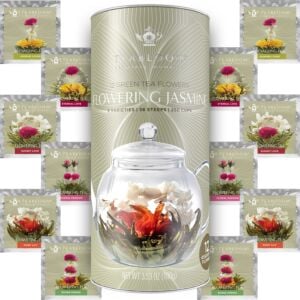


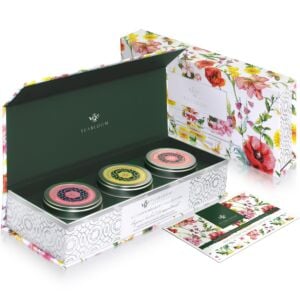



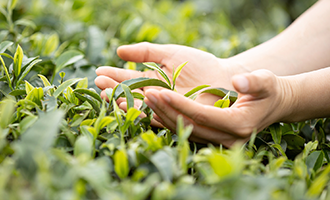
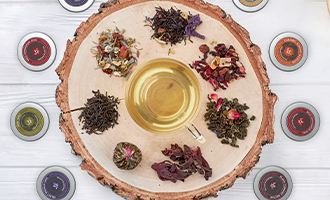
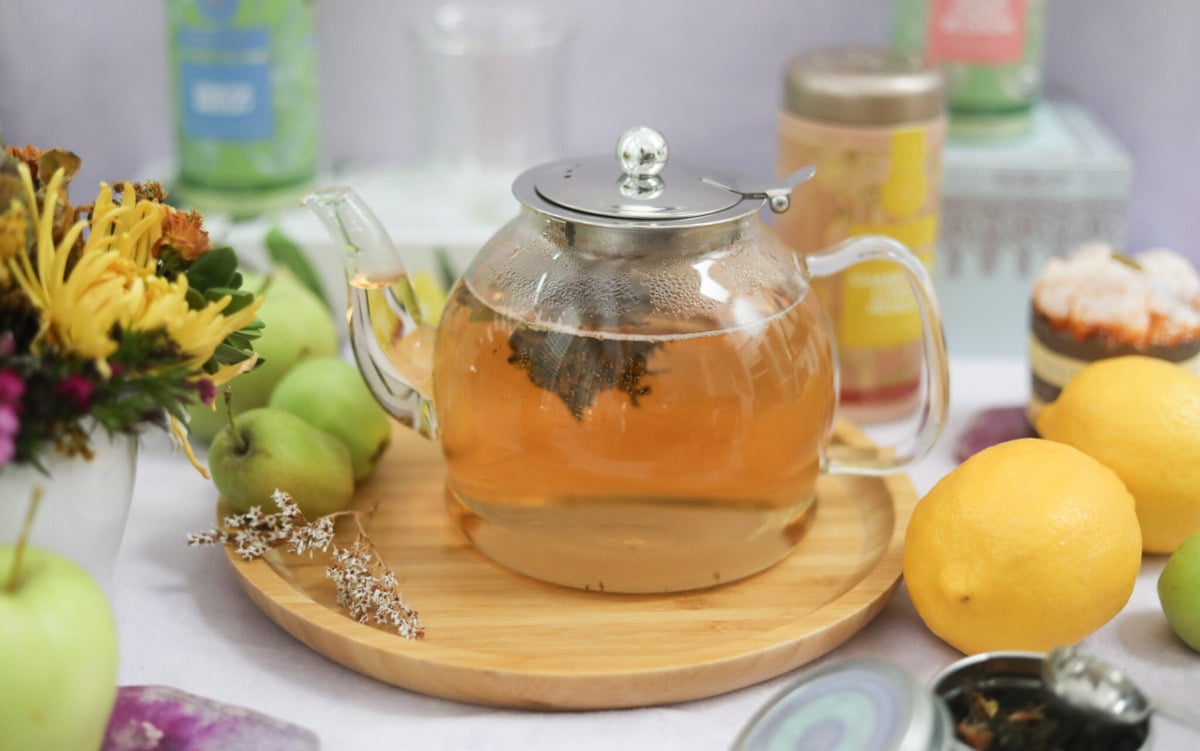



Share your thoughts